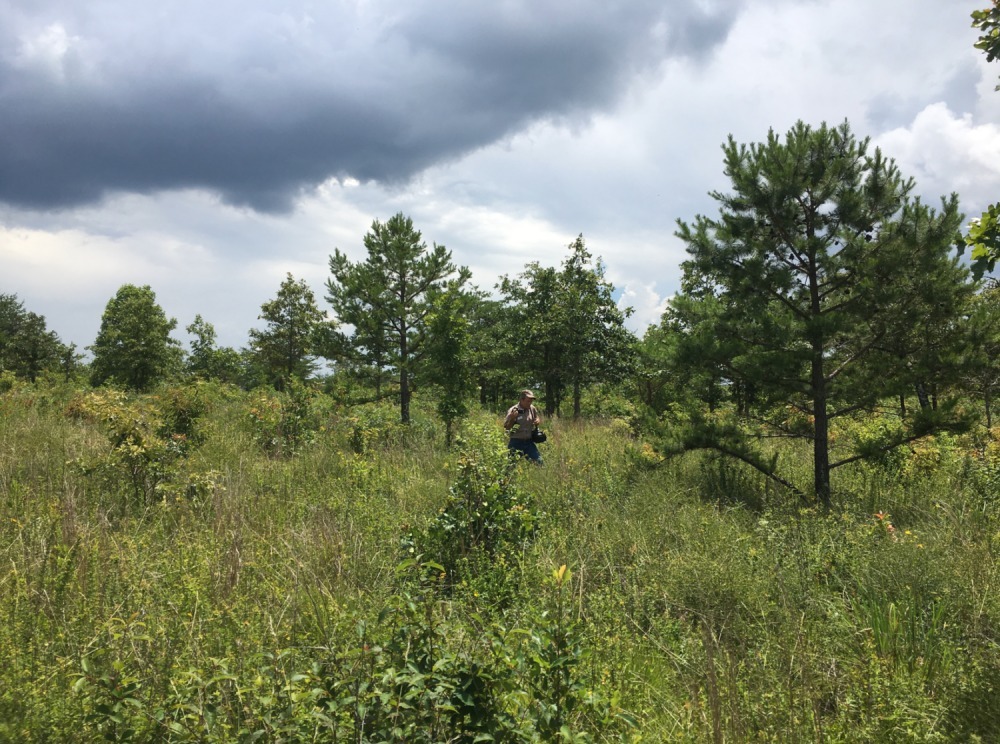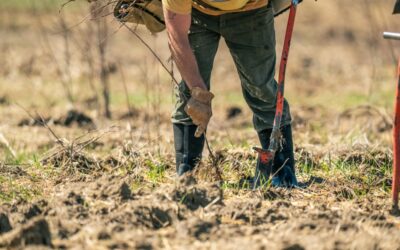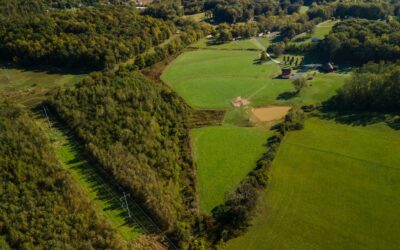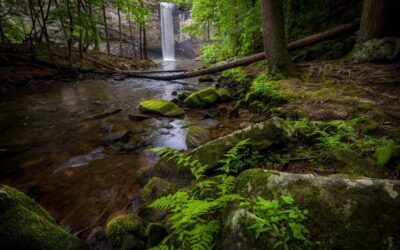Tennessee Wildlife Federation’s Habitat Conservation program works with landowners throughout the state to restore land to its native habitat. To date, the Federation has restored more than 5,000 acres of forest, grassland, and wetland habitats and 7 miles of streams and rivers across Tennessee.
As part of a multi-state grant in 2018, Tennessee Wildlife Federation facilitated the restoration of more than 3,000 acres of shortleaf pine habitat within Savage Gulf State Natural Area (SNA; now within Savage Gulf State Park). This effort is part of the Federation’s ongoing work to restore and protect natural habitats across Tennessee.
Site History
The land, located in central Grundy County in southeast Tennessee, was purchased by the Tennessee Department of Environment and Conservation (TDEC) in 2009. Prior to that, the land had been privately-owned industrial timber land. TDEC’s acquisition ensured these critical spaces adjacent to protected state park land could be preserved as high conservation value wildlife habitat.
The 3,048 acres was mostly nonnative loblolly pine plantation habitat, which created dense thickets of pine forest that were less desirable for wildlife native to the region. The project’s goal was to restore historically-common shortleaf pine ecosystems and create more open habitats for wildlife in the understory.
In partnership with the Forest Stewards Guild, the Federation received a grant from the National Fish and Wildlife Foundation to restore open shortleaf pine habitats along the Cumberland Plateau in Tennessee and Kentucky. The Savage Gulf SNA project, which included four separate tracts of land, was the only public land restoration conducted as part of this grant.
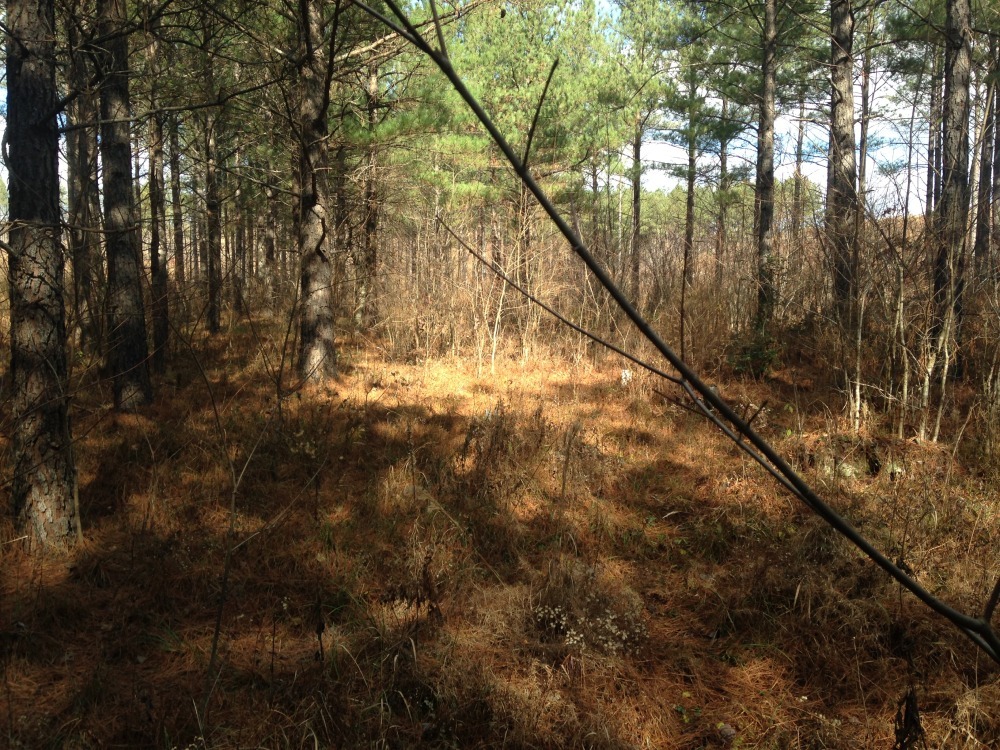
Site photo before restoration began. Nonnative pines grown close together, with not enough room or sunlight to allow for understory plant growth—which is essential for many wildlife species.
Restoration Process
In 2018, a forest management plan was written for all four tracts to remove nonnative pine species at an ideal harvest age, plant shortleaf pine, and use prescribed fire to promote the re-establishment of native forbs and grasses.
Work on the largest tract began in 2019 after the existing pine stands were cleared. This tract was used as a demonstration site to educate private landowners on the use of prescribed fire as a management tool.
TDEC continues to follow the management plan on the rest of the tracts, harvesting stands of nonnative pine and beginning the prescribed fire cycle to re-establish shortleaf pine habitat on all 3,048 acres.
Post-Restoration Impact
As of June 2023, more than 2,200 acres on Savage Gulf SNA have undergone prescribed fire treatment and 565 acres have been planted with shortleaf pine seedlings. When the pines are fully matured, the restoration sites will be thriving savanna ecosystems that were historically common along the Cumberland Plateau.
Savannas were once the most widespread grassland type in the Southeast and are important habitats. They stabilize soil to prevent erosion, filter pollutants from water runoff, and provide critical habitat for many wildlife species. One-third of rare bird species in the Southeast require grassland habitats.
Shortleaf pines take 10-20 years to mature and begin producing seeds. Once the shortleaf savannas are well-established, TDEC hopes to extend Savage Gulf State Park’s trail system to provide public access to these restored areas.
Learn more about Tennessee Wildlife Federation’s Habitat Conservation and Restoration program at tnwf.org/habitat-restoration.
Featured photo by Dwayne Estes, Southeastern Grasslands Institute. Pine-oak savanna in Cumberland County, Tennessee. This photos resembles what the Savage Gulf SNA shortleaf pine savannas might look like at maturity.

